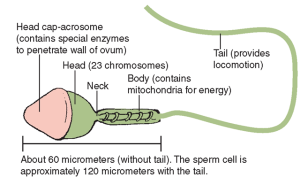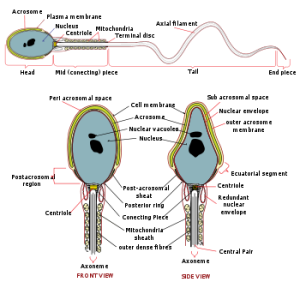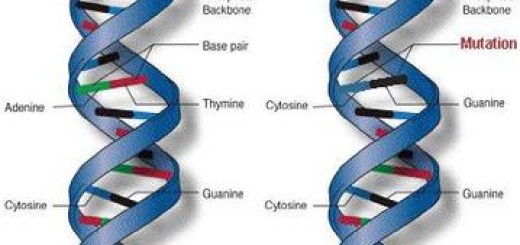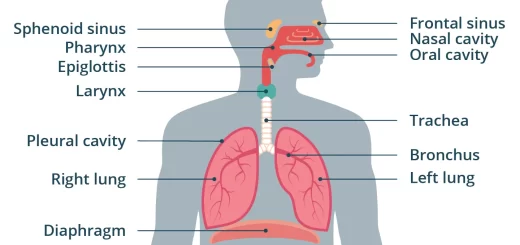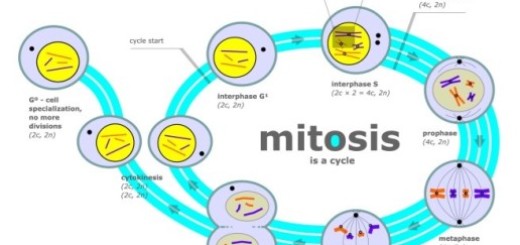The structure of the sperm in the male reproductive system
The sperms
The testes of the adult human male produce about 2 billion sperms per day , the lifetime of a single sperm inside the female vagina ranges from 2 to 6 hours, this period can extend to reach up to 3 days if the sperm managed to break through the cervix and enters the uterus, where it feeds a uterine secretions.
The male reproductive system produce, maintain and transport the sperm (the male reproductive cells) and the protective fluid (semen), Men who have fewer than 20 million sperm per milliliter of semen may be at risk for having infertility issues.
Only one sperm fertilizes the ovum and achieves a pregnancy, The average ejaculation contains close to 100 million sperm according to the World Health Organization.
The structure of the sperm
The sperm is considered very small if it is compared with the ovum, It is mobile, and it consists of the head, the midpiece & the tail, The tail is thin and long, and it is responsible for the movement of the sperm till reaches the ovum.
The head contains one half of the genetic material (the chromosomes), and the midpiece contains the mitochondria which responsible for energy production needed for the movement of the sperms.
The reproductive cells in humans and plants
The testis is the reproductive organ in the animals which produce the sperms while the anther is the reproductive organ in the plants which produce the pollen grains.
The gametes in humans and the plants are small in size, and they are produced in large numbers, The sperms and the pollen grains contain half the number of chromosomes that are found in male body cells.
Testis functions, sperms production, Factors affecting spermatogenesis, Structure of Epididymis
Reproduction, Types of sexual reproduction (Conjugation, Reproduction by sexual gametes)
Reproduction in Human being, Structure of Male genital system & sperm
Structure of Female genital system & ovum, Oogenesis stages & Menstrual cycle
Fertilization process, Pregnancy and the stages of embryonic development

